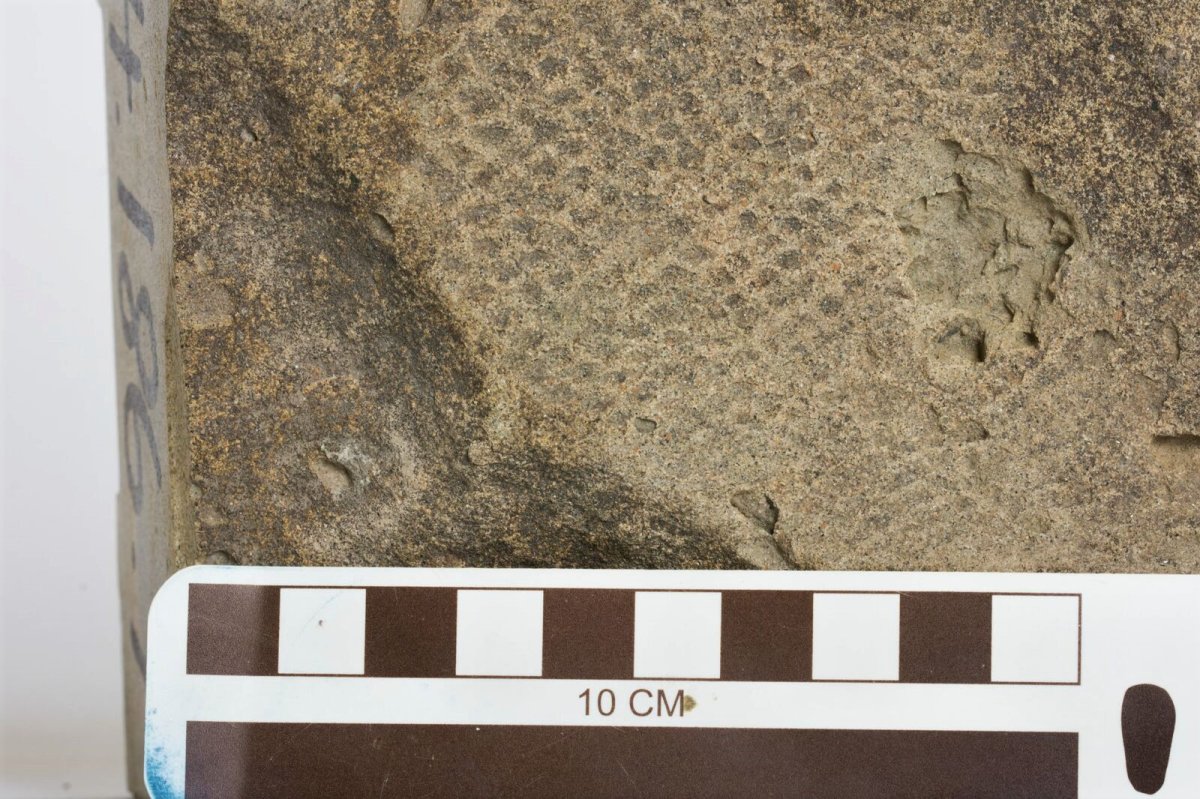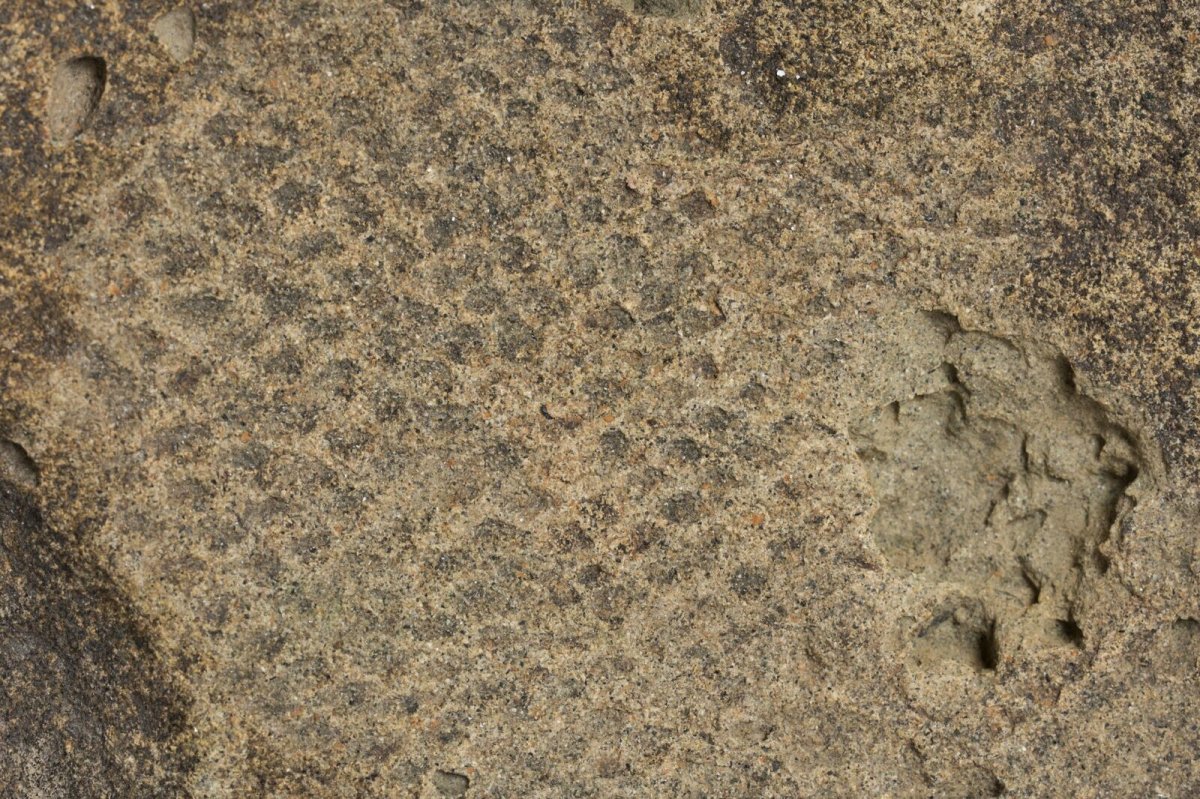Unlike other dinosaur discoveries in recent years that revealed some prehistoric creatures were covered in feathers, the first-ever discovery of fossil skin from Tyrannosaurus rex shows the giant carnivores had scales.

“The skin fossils show that the dinosaurs’ hides were covered by small scales — each only a few millimetres or so in length,” said Scott Persons, a University of Alberta paleontologist and collaborator on the study.
The biggest surprise for the research team was discovering that, unlike other carnivorous dinosaurs such as the Velociraptor, the specimens showed no evidence of having feathers.
“Many early carnivorous dinosaurs had a coat of hair-like feathers. They were actually fuzzy, unlike what we see in movies and on television,” Persons said. “As another carnivorous dinosaur, many scientists speculated that the T. Rex had feathers as well.”
READ MORE: Feathered dinosaurs may have ‘flocked’ together like modern birds: University of Alberta study
The skin fossils were found in Alberta and South Dakota by a team of international researchers, which included paleontologists at the University of Alberta.

The U of A claims it’s the first record of fossil skin from Tyrannosaurus Rex and several other kinds of tyrannosaurids, including Albertosaurus, Gorgosaurus, and Daspletosaurus. The fossils include specimens of dinosaur skin, found beside the bones of tyrannosaurids.
The findings prompted paleontologists to ask: why did tyrannosaurids lose feathers and develop scales? Persons suggested the answer could have to do with size.
“Very large animals tend to have a more difficult time keeping cool than staying warm,” he said. “That’s why elephants and rhinos are nearly hairless. But even that may not be the whole story.”
READ MORE: New theory from Alberta researchers for why some dinosaurs stood on 2 feet
Other possibilities include environment and level of activity. Four years ago, Persons published findings suggesting the T. Rex was potentially one of the fastest hunters in the Cretaceous forest, challenging the prevailing wisdom that T. Rex was a slow-moving scavenger.
Scientists have been trying to determine what the dinosaurs looked like since the discovery of the first fossil.
Last year, a paleontologist in Toronto said the Tyrannosaurus Rex and other theropods likely had scaly lips, and their teeth would have been covered even when their mouths were closed.
READ MORE: Toronto paleontologist claims Tyrannosaurus Rex had lips
The fossil findings will be published in Royal Society journal Biology Letters in June 2017.






Comments